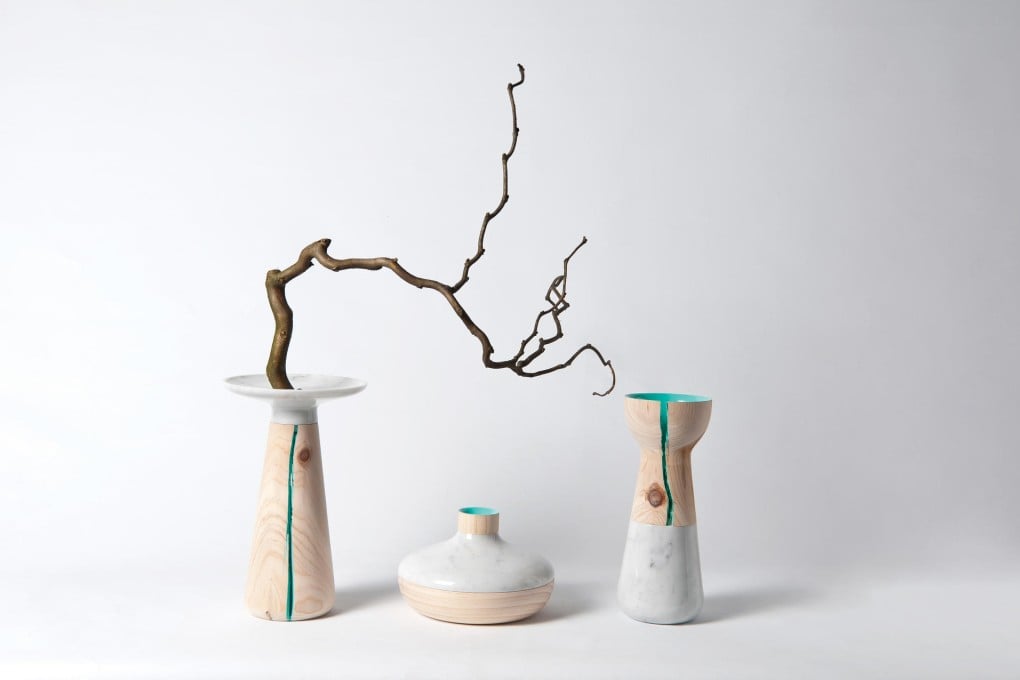Asian designers make a splash at London Design Festival
Asian designers made a splash at the London Design Festival, and there were some stand-outs from Korea and Taiwan, writes Giovanna Dunmall

The London Design Festival, which took place last month, is not a commercial beast like the Milan Furniture Fair. It's a place to see conceptual designs and one-off installations, such as Canadian designer Omer Arbel's spectacular 30-metre cascading copper-and-glass chandelier hanging from the ceiling of the Victoria and Albert Museum.
It's also fun to attend the countless talks at events such as the Global Design Forum, where speakers this year included Jaime Hayon, Ross Lovegrove and Hong Kong-based Michael Young. If that's not enough, there have also been attempts to commercialise the festival, with shows such as Design Junction and 100% Design.
Among the emerging graduate designers at last month's festival were a significant number of young Asians hungry for success and recognition. Reflecting London's reputation as a multicultural city, many of its major design courses attract students from around the globe.
It's no surprise that many of them stay on, such as Made by WORKS, a collective of a dozen recent Royal College of Art graduates that was formed in 2012; four of its 12 members are originally from Asia.
For this year's festival the collective focused on the "connection between the maker, the product and the user" and presented a series of "collectable works" in a shop format in the Clerkenwell Design Quarter (one of five design districts created to make tackling the sprawling festival more approachable). Zhang Ejing is from Wuxi, in Jiangsu province, but has been in London for seven years.
Her intriguing 3-D printed tote and make-up bags, and bamboo shopper made use of digital techniques but were clearly "inspired by the traditional craftsmanship of China and Japan".